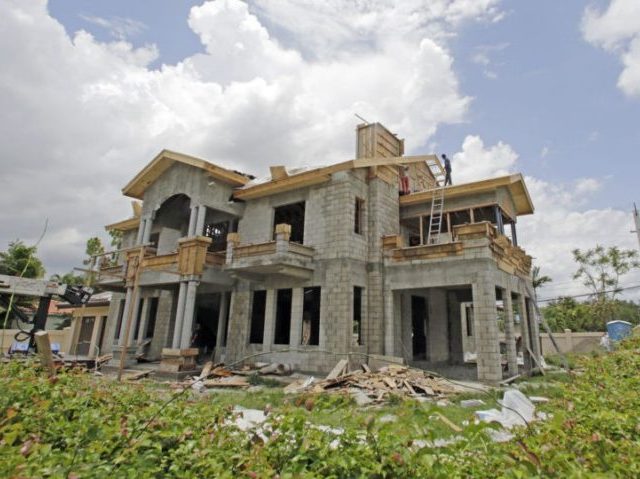Several recent media reports on tight labor markets may have been entirely wrong. New numbers from the Bureau of Labor Statistics suggest that the construction labor market is not as tight as these news outlets might want us to believe.
According to a report from the Center for Economic and Policy Research by Brian Dew and Kevin Cashman, several figures from the Bureau of Labor Statistics seriously bring into question the claim that there is a construction labor shortage. Numerous media reports have stoked this belief, such as a recent report from the Dallas News, which claimed that the lack of available labor is amongst the biggest concerns of homebuilders in the state of Texas.
But a July 27 report from Dew and Cashman counter these claims with statistics from the Bureau of Labor Statistics. First, they look at the ratio of unemployed construction workers to the number of construction job openings. This ratio reveals that there are more than three unemployed laborers for each construction job opening.
If a labor market is “tight,” a few things should happen and show up in economic data. First, there will be very few skilled unemployed people. In a tight labor market, employers will take more steps to find and hire the people who are looking for work and have skills the employers need. One way to measure this tendency in the construction industry as a whole is to calculate the ratio of unemployed construction workers to the number of construction job openings. Currently, there are more than three unemployed construction industry employees per opening. This is almost triple the ratio for all jobs, meaning the construction sector is nearly three times as likely to have unemployed workers available as the average for all sectors.

The former President of the Federal Reserve Bank of Minnesota Narayana Kocherlakota pointed out that in a competitive market, employers raise wages when they need to attract more workers to meet rising demand. Alternatively, they raise the price of the goods produced. If employers are not raising wages or prices but instead holding back production, it implies that there are anti-competitive barriers permitting this kind of behavior.
And this trend of low wage growth extends to the situation in Dallas, as reported by Breitbart News. According to the most recent data available from the Bureau of Labor Statistics, construction workers in Dallas earn lower than the national average hourly wage despite the fact that overall wages in Dallas tend to be higher than the national average. Dew and Cashman add that while shortages may exist in specific geographic regions, the data doesn’t suggest a national trend. In some areas, like Dallas, such shortages may have been inspired by slow wage growth.
Workers in the Dallas-Fort Worth-Arlington Metropolitan Statistical Area had an average (mean) hourly wage of $24.21 in May 2016, above the nationwide average of $23.86, according to the U.S. Bureau of Labor Statistics. Assistant Commissioner for Regional Operations Stanley W. Suchman noted that, after testing for statistical significance, wages in the local area were higher than their respective national averages in 8 of the 22 major occupational groups, including sales and related; community and social service; and management. Eight groups also had wages that were measurably lower than their respective national averages, including construction and extraction; building and grounds cleaning and maintenance; and personal care and service.
Dew and Cashman find similar results on a nationwide scale.
Perhaps most importantly, real wage growth should be strong if the supply of available workers is far below the demand for workers. Managers can simply raise wages to pull workers in from other locations and industries and entice workers on the sidelines to apply. They also would be trying to pull workers away from their competitors. In a tight labor market, businesses compete for workers just as they compete for customers. The ones that can’t afford to pay high enough wages to attract workers go out of business, just as companies that can’t attract customers go out of business.
Wages are supposed to adjust and keep supply and demand in line in the labor market. Looking at the data on production and non-supervisory workers, real wage growth in all sectors has been weak and construction is no exception. The most recent data on average hourly earnings, from June 2017, adjusted for inflation, show annual real wage growth of 0.61 percent for the construction sector compared to 0.8 percent for all jobs. The story of strong wage growth just doesn’t hold up…
On a national level, the data doesn’t support the notion that there is a labor shortage for construction workers.
Tom Ciccotta is a libertarian who writes about economics and higher education for Breitbart News. You can follow him on Twitter @tciccotta or email him at tciccotta@breitbart.com

COMMENTS
Please let us know if you're having issues with commenting.